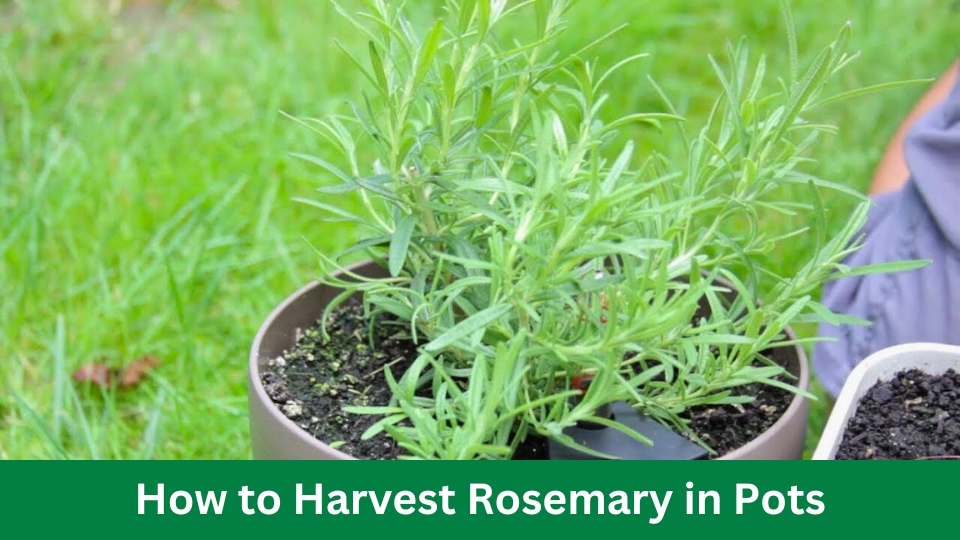Snip sprigs from the plant’s top using clean, sharp scissors to harvest rosemary in pots. Always cut above a leaf joint to encourage new growth.
Gardening enthusiasts often seek ways to cultivate fresh herbs, and rosemary remains a popular choice for its aromatic foliage and versatility in cooking. Grown in pots, this hardy herb can thrive indoors and out, making it accessible for those with limited garden space.
A proper harvesting technique is crucial to maintain the plant’s health and yield a steady supply of fresh sprigs. By focusing on the upper part of the plant and cutting just above a leaf joint, gardeners ensure that their rosemary plants are not harmed in the process, promoting continued growth. Let’s delve into the straightforward steps to successfully harvest rosemary, ensuring a bountiful and sustainable supply for your culinary needs or aromatic pleasures.
Introduction To Rosemary
Rosemary, known scientifically as Rosmarinus officinalis, graces many gardens worldwide. This versatile herb, celebrated for its fragrant needles and delicate blue flowers, offers a culinary delight and ornamental charm. Rosemary is easy to grow in pots, provides fresh sprigs for cooking year-round, and thrives with minimal care.
Rosemary: A Popular Culinary And Aromatic Herb
Rosemary stands out in the herb world. Its needle-like leaves pack a punch. They add flavor to a variety of dishes. Think roasted meats, bread, and oils. A sniff of rosemary might even boost your mood. It’s no wonder chefs and gardeners adore it.
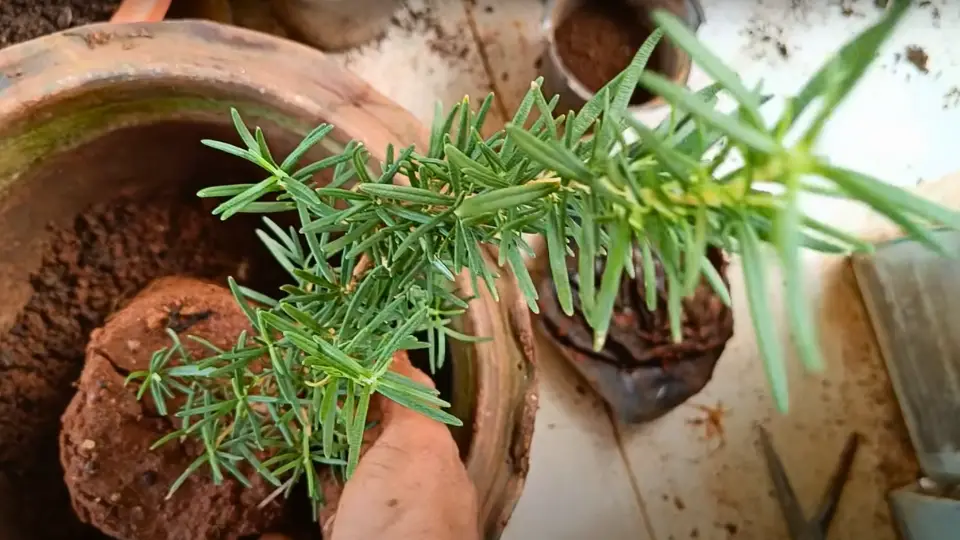
Benefits Of Growing Rosemary In Pots
- Space Efficiency: Perfect for small spaces, balconies, or patios.
- Controlled Environment: Adjust soil and sun exposure as needed.
- Portability: Move plants to protect them from harsh weather.
- Convenience: Keep rosemary close to the kitchen for easy harvesting.
Selecting The Right Pot
Making the right choice for your potted rosemary can mean distinguishing between a thriving plant and a struggling one. The pot is the foundation of your plant’s health, providing room for growth and influencing moisture control.
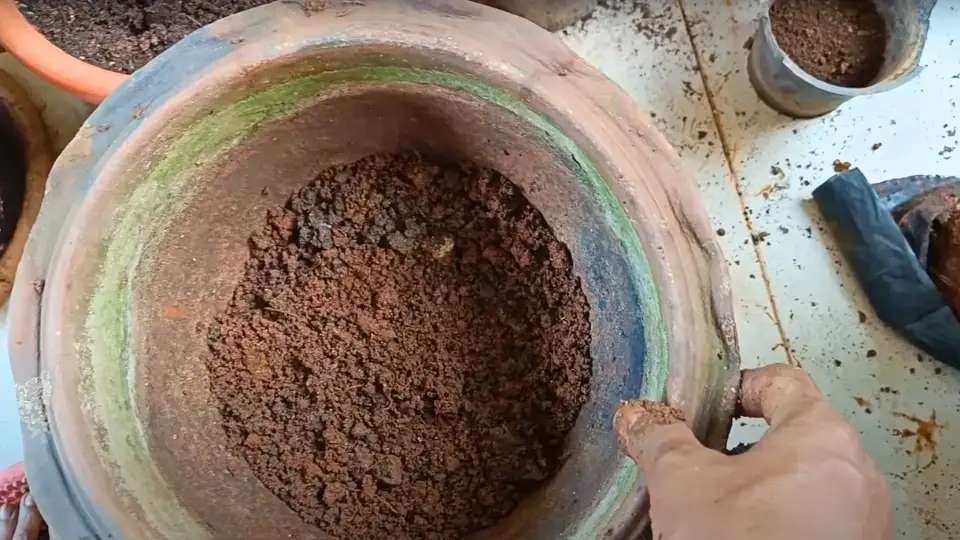
Let’s dive into how you can find the best pot for your rosemary.
Criteria For Choosing The Best Pot
- Size matters: Choose a pot that gives roots room to grow. A too-small pot stunts growth, while a too-large pot risks moisture issues.
- Drainage is key: Prioritize pots with holes at the bottom. These prevent water from sitting around the roots, protecting against rot.
- Weather resistance: If the pot will live outside, ensure it can stand up to weather changes without cracking.
Materials To Consider For Pots
| Material | Pros | Cons |
|---|---|---|
| Terra Cotta | Porosity allows the soil to breathe | Can break easily, heavy |
| Plastic | Lightweight, durable | Less breathable, can degrade |
| Wood | Natural look insulates roots well | Can rot, often heavier |
| Metal | Modern appearance, robust | Heats up quickly can rust |
| Ceramic | Attractive, retains moisture | Heavy, may crack in freezing temps |
In summary, the best pot for rosemary balances the need for room to grow, proper drainage, and material durability. With this knowledge, you’re ready to make an informed decision that ensures lush, aromatic rosemary right from your pot.
Propagating Rosemary For Potted Growth
Growing rosemary in pots brings fresh flavors within arm’s reach. For gardeners wanting to expand their rosemary collection, propagation is a simple and rewarding activity. Starting new rosemary plants from cuttings is both efficient and cost-effective.
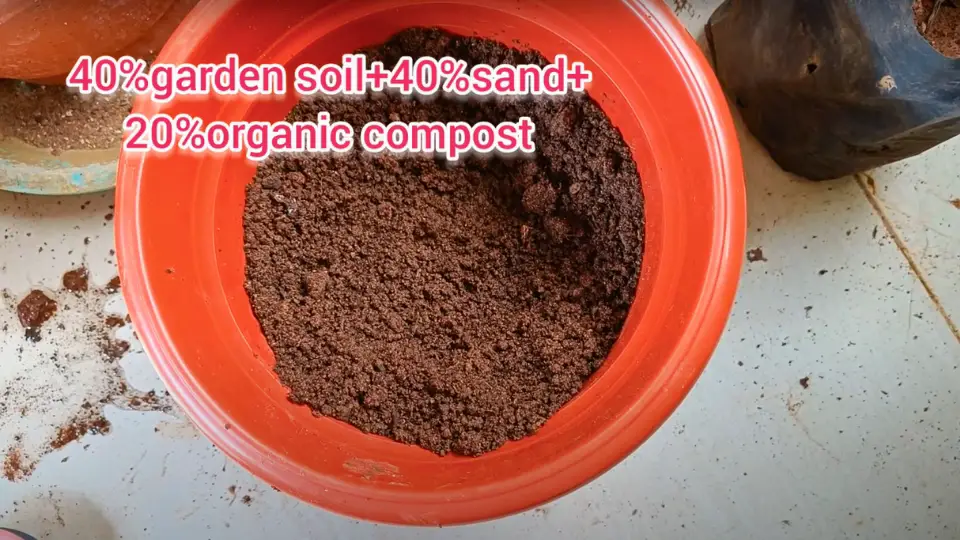
Follow these steps to ensure your potted rosemary thrives.
Cutting And Planting Techniques
Choose healthy rosemary stems from your existing plant, cutting about 4 to 6 inches from the tip. Make sure the stems have no flowers. Remove the leaves from the bottom half of the stem. This will be the part you plant.
- Dip the cut end into the rooting hormone. This step is optional, but it helps promote root growth.
- Prepare a pot with a well-draining potting mix.
- Make a hole in the soil with your finger or a small stick.
- Insert the cutting into the hole and gently press the soil around it.
- Water lightly to settle the soil, taking care not to dislodge the cutting.
- Cover the pot with a plastic bag to create a greenhouse-like environment.
- Place the pot in a warm, bright spot, avoiding direct sunlight.
- Monitor moisture and remove the plastic bag when new growth appears.
Soil Preparation And Maintenance
The right soil mix is vital for the success of your potted rosemary. Select soil that drains well and dries out somewhat between watering. A combination of two parts potting soil and one part coarse sand or perlite works well. Adding a bit of compost ensures nutrients are present for healthy growth.
- Fill the pot with the prepared soil mix.
- Place the cutting in the center, then water.
- Avoid overwatering, which can lead to root rot and other diseases.
- Fertilize monthly with a gentle, all-purpose liquid fertilizer if growth seems slow.
Optimal Growing Conditions
Optimal Growing Conditions for rosemary ensure a bountiful and aromatic harvest. To thrive, rosemary plants require specific care, particularly in pots. Understanding the needs of your potted rosemary is crucial for vigorous growth and flavorful leaves.
Let’s explore these needs under two key headings: sunlight and temperature requirements and the watering schedule and techniques.

Sunlight And Temperature Requirements
Rosemary loves the sun. This herb originates from the Mediterranean, so it’s no stranger to warm, sunny climates. To mimic these conditions, place your pots where they will receive at least six to eight hours of direct sunlight daily. A south-facing window or a balcony that gets ample sun is ideal.
As for temperature, rosemary prefers it warm. A daytime temperature between 70°F to 80°F (21°C to 27°C) and a slight drop at night is perfect. Protect your pots from frost — rosemary can withstand cool weather, but hard freezes can harm it.
Watering Schedule And Techniques
Maintaining a consistent watering schedule is key. Rosemary, while drought-resistant, does best with a balance. Let the soil dry out slightly between waterings to prevent root rot. To check, stick your finger into the soil up to the second knuckle — if it’s dry, it’s time to water.
Here’s how to water your rosemary correctly:
- Water deeply, ensuring the whole root ball is moist.
- Avoid watering just the surface, as this can promote shallow root growth.
- Use a pot with good drainage to avoid soggy soil.
- Reduce watering in the winter when the plant’s growth slows down.
Remember, overwatering is the fastest way to lose a rosemary plant. Aim for moist soil, not wet, to keep your rosemary happy and healthy.
Monitoring Rosemary Plant Health
Monitoring Rosemary Plant Health is crucial for a lush, fragrant harvest. Keeping an eye on your rosemary can be delightfully rewarding. It ensures the vibrant growth of these versatile herbs. Pick up on the plants’ cues to guarantee a robust yield year-round.
Identifying Signs Of Healthy Growth
- Vivid green foliage: A sign of good health.
- Sturdy stems: Indicate robust growth.
- Aromatic leaves: The stronger the scent, the healthier the plant.
Bright, needle-like leaves suggest your rosemary is flourishing. Look for new growth regularly. This tells you the plant receives enough light and nutrients. Monitor plant size and leaf color. These are key indicators of ideal growing conditions.
Dealing With Pests And Diseases
Pests and diseases may occasionally trouble rosemary plants.
| Pest/Disease | Symptoms | Action |
|---|---|---|
| Spider Mites | Yellow or brown spots, webbing | Use insecticidal soap |
| Powdery Mildew | The white, powdery coating | Increase air circulation |
| Root Rot | Wilting, blackened roots | Improve drainage |
Neem oil or soap solutions can effectively treat insect infestations. Fungal issues demand proper airflow and drier conditions. Regularly check for signs of distress. Catching issues early makes a huge difference. Maintain diligent care routines to prevent common ailments.
Timing The Harvest
Understanding the perfect time to harvest rosemary is key to capturing its full flavor. ‘Timing the Harvest’ ensures that your rosemary is aromatic. Get your snips ready as we dive into the ideal season and the signs that your potted rosemary is ripe for picking.
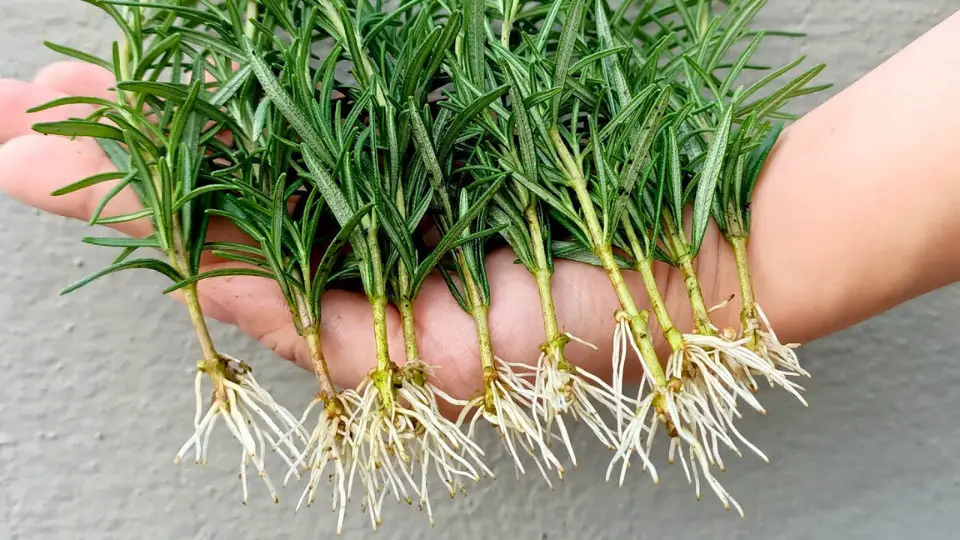
Best Season For Harvesting
Rosemary thrives in warm conditions and is usually ready for harvest in spring through summer. Abundant sunlight during these months helps the herb grow robust. Yet, mild climates can allow for year-round harvesting. Aim to gather your rosemary in the morning when essential oils are concentrated.
Signs That Your Rosemary Is Ready To Harvest
- Lush, green foliage indicates healthy growth.
- A woody stem means the plant is mature.
- Look for stems at least 8 inches long.
- New needle growth has the most flavor.
Harvest sparingly at first to encourage fuller plants. Always leave at least two-thirds of the plant intact. This encourages new growth and maintains plant health.
Harvesting Techniques
Harvesting rosemary from your potted plants rewards you with fresh, fragrant herbs at your fingertips. Mastering the proper techniques ensures your rosemary thrives and produces abundantly.
Let’s dive into the methods for harvesting rosemary effectively.
Proper Cutting Methods
Cutting rosemary correctly is key to maintaining a healthy plant. Follow these steps:
- Use sharp scissors or pruners for clean cuts.
- Always cut above a leaf node, leaving at least two-thirds of the plant untouched.
- Snip the top 2 to 3 inches of the stem, which promotes new growth.
By consistently using these methods, your rosemary will stay lush and full.
Maximizing Yield While Ensuring Plant Health
A balance between harvesting and plant health is vital to maximize rosemary yield.
Consider these tips:
- Harvest regularly to encourage more growth.
- Allow recovery after a big harvest, giving the plant time to rebound.
- Rotate your harvesting areas to prevent over-pruning any single part.
These strategies help maintain robust rosemary plants, providing a steady supply of herbs all season.
Post-harvest Processing
Post-harvest processing of rosemary ensures your home-grown herbs maintain their flavor and longevity. After plucking your rosemary from its pot, follow these steps to preserve the aromatic goodness for your culinary delights and DIY crafts.
Drying And Storing Rosemary
Proper drying is key to preserving rosemary’s intense flavor. Start by washing the sprigs and patting them dry with a towel. Bundle them with twine and hang them upside down in a well-ventilated, dark space.
- Check the rosemary after a week.
- Ensure sprigs are brittle to the touch.
- Crumble leaves off the woody stems.
Store dried rosemary in an airtight container. Please keep it in a cool, dark place like a pantry. Dried rosemary can last up to a year when stored correctly.
Creative Uses For Fresh And Dried Rosemary
Fresh rosemary bursts with flavor and is perfect for cooking. Incorporate it into:
- Marinades for meat.
- Herb butter and oils.
- Homemade bread.
Dried rosemary has its charm. Try the following:
- Potpourri for a natural home fragrance.
- DIY skincare scrubs.
- Homemade teas for relaxation.
Frequently Asked Questions For How To Harvest Rosemary In Pots
How Do You Pick Rosemary So It Keeps Growing?
To pick rosemary for continuous growth, snip sprigs from the plant’s top, cut above a leaf joint, and avoid overharvesting. Aim to trim no more than one-third of the plant to promote healthy regrowth. This method encourages a fuller, bushier rosemary plant.
How Do You Trim Rosemary So It Keeps Growing?
To trim rosemary for growth, cut back about one-third of the plant, targeting woody stems. Always prune from the top down to encourage new shoots and avoid cutting into the lower, leafless wood to maintain healthy regrowth.
How Do You Know When Rosemary Is Ready?
Rosemary is ready to harvest when the plant is lush, and the branches are full. Look for firm, green needles; these indicate peak freshness. Trim sprigs as needed, cutting from the top.
Conclusion
Harvesting rosemary from your pots doesn’t have to be complex. Follow the simple steps outlined, and you’re set for success. Fresh, aromatic herbs will be at your fingertips, elevating every dish. Keep your rosemary thriving with regular pruning. Here’s to a bountiful, fragrant harvest!
Video Source: https://www.youtube.com/watch?v=F3KjtzbnTQw

